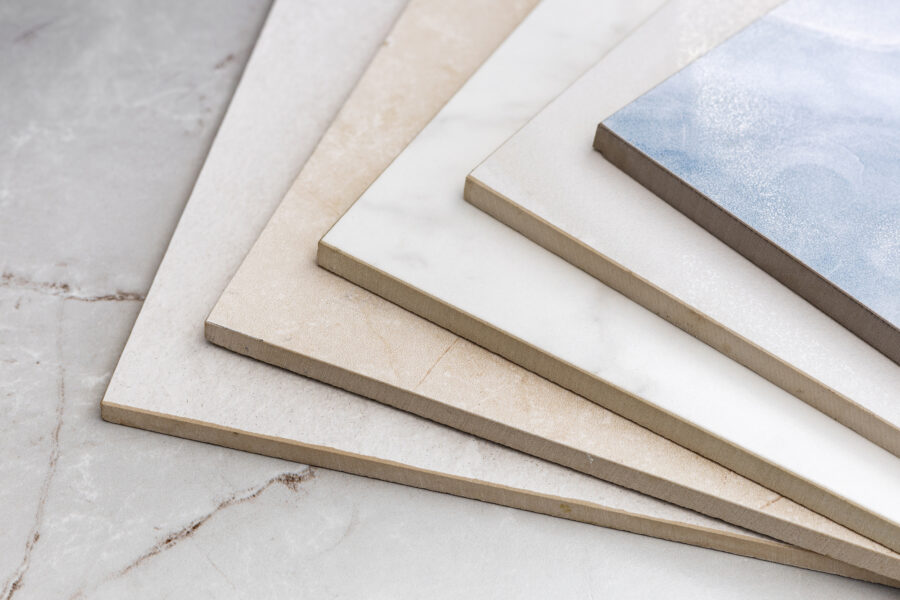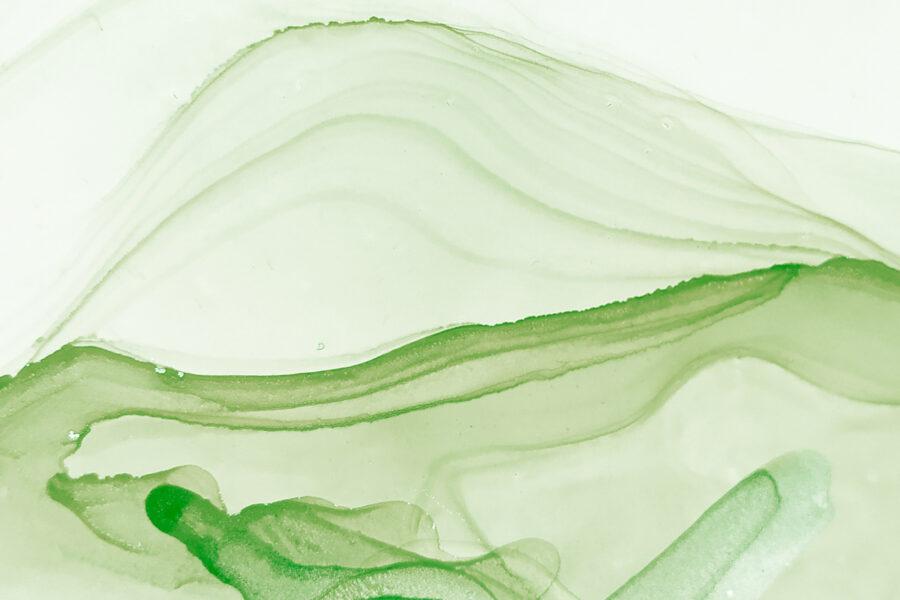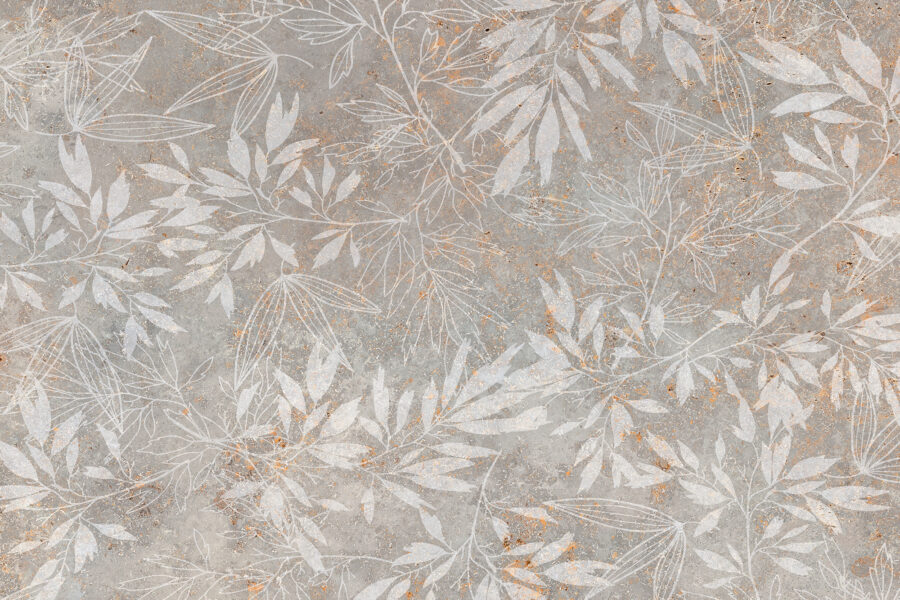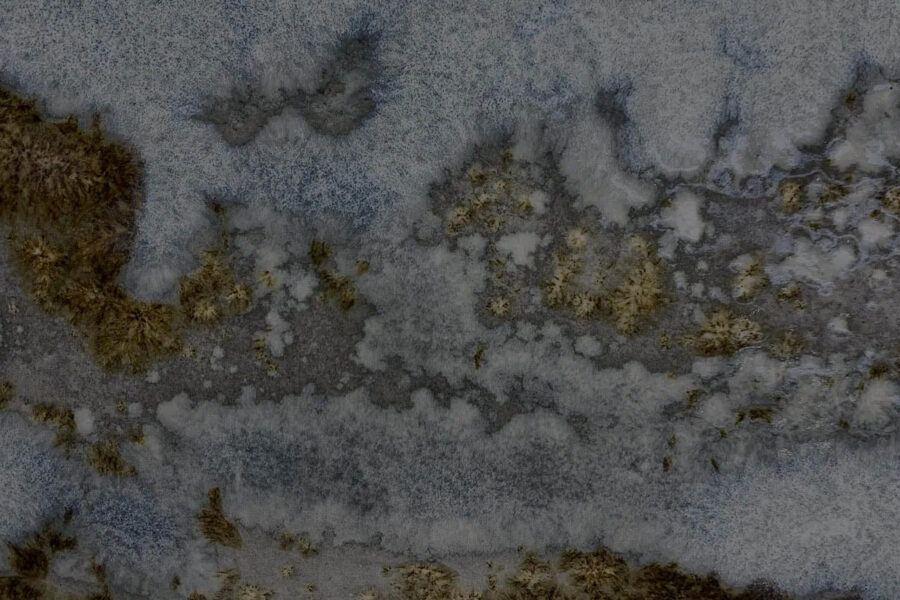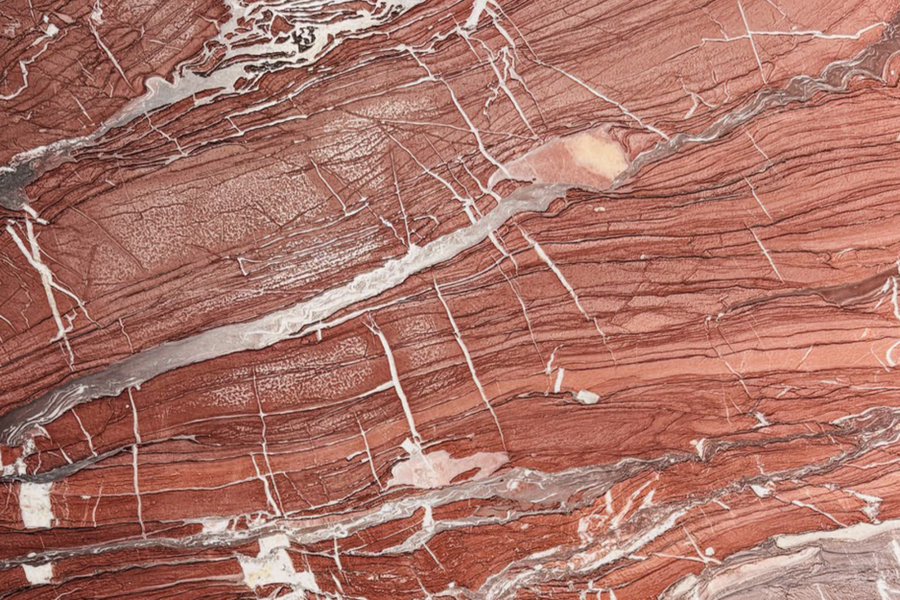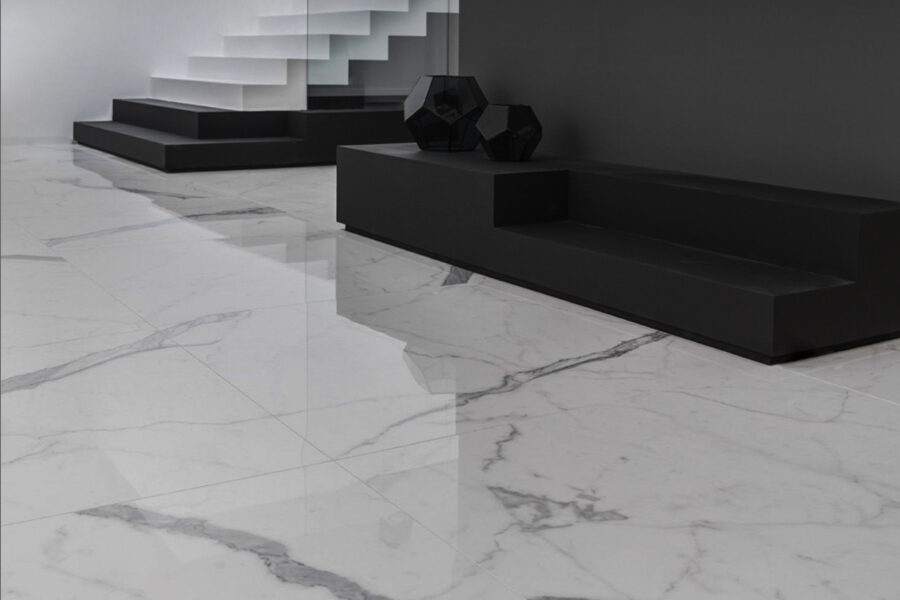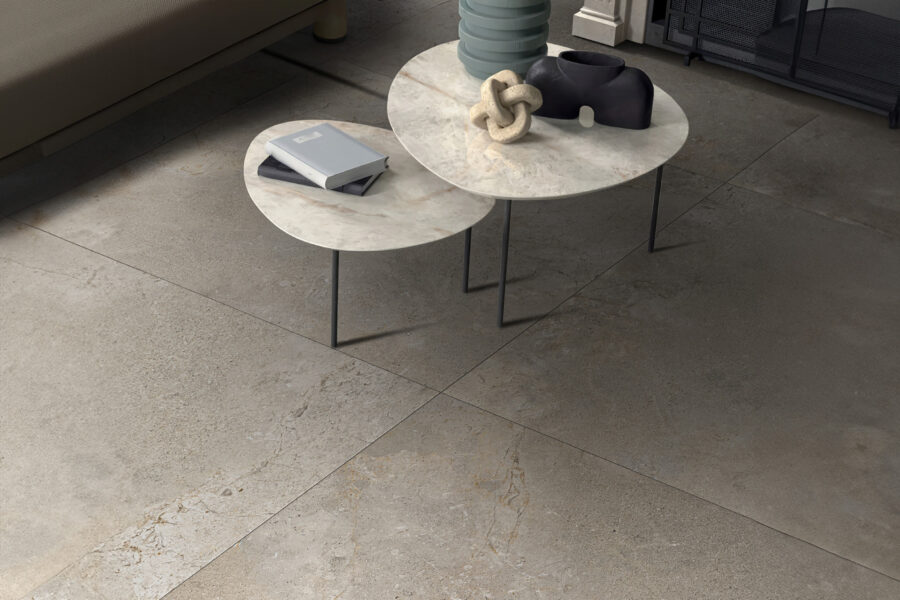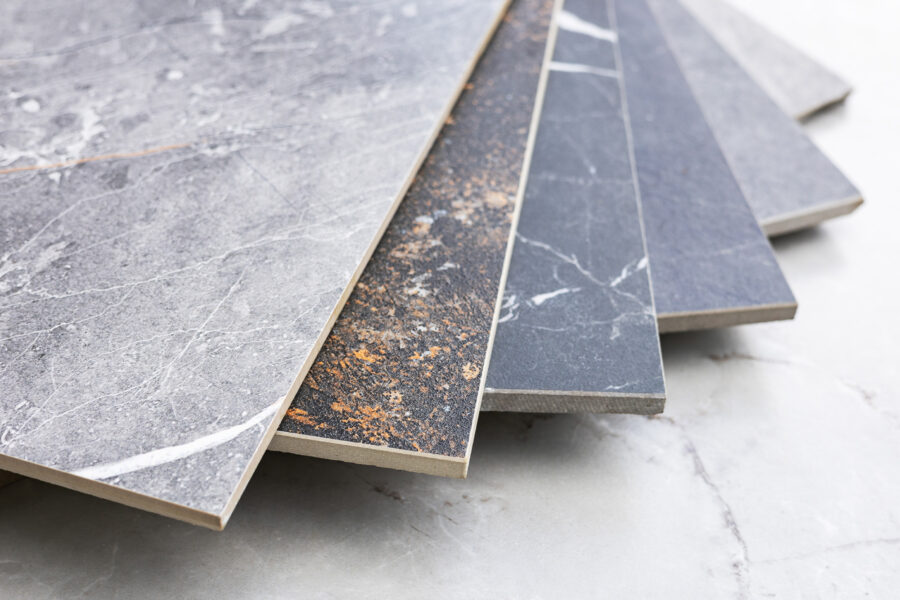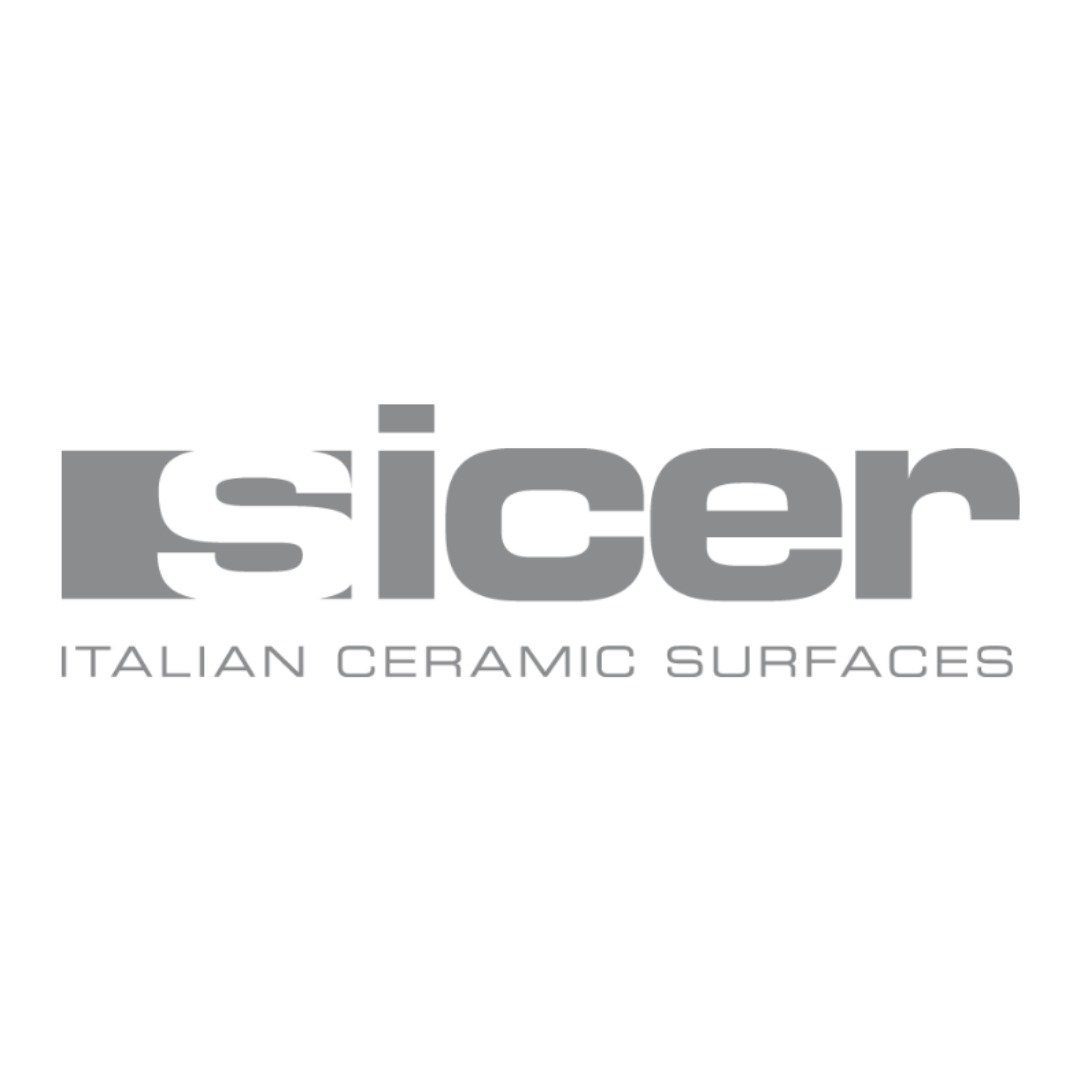Index Introduction Digitalization and advanced technologies Sustainability and environmental responsibility Low-emission digital adhesives and inks Sicer Innovation in design and market strategy Integration and practical applications Future prospects and challenges for the sector Summary table of innovations Conclusions FAQ Introduction Innovation in the ceramic sector is undergoing a profound transformation. Digitalization, new materials, and a…
Read MoreEco-friendly digital inks for ceramics: technology, performance, and sustainability
Index Introduction: the new frontier of sustainable ceramic printing Context and regulations: towards the reduction of VOC emissions Eco-friendly digital inks: definition and formulation principles Eco-solvent and water-based: operational and performance differences Sicer research and the .LE Low Emission series Laboratory data and measurable advantages Rheology, stability, and compatibility with piezo heads Conclusions and future…
Read MoreSustainable digital printing: innovation, materials, and technologies for a low-emission future
Table of contents What is sustainable digital printing Environmental advantages over traditional methods Innovation in materials and inks Digitization and Industry 4.0 The role of scientific research The Sicer case: the .LE Low Emission series Research and development in the laboratory Certified industrial results Digital glue and low-emission materials Real impact and measurable benefits Future…
Read MoreDigital adhesives: innovation, precision, and sustainability in ceramic production
Introduction: the digital adhesive revolution What are digital adhesives and how do they work? Technical and production advantages Types of Sicer digital adhesives Adhesion parameters and surface behavior Technological evolution and sustainability The Sicer approach and digital certifications Conclusions and future prospects FAQ Introduction: the digital adhesive revolution In recent years, digital ceramic decoration has…
Read MoreLow-Emission Digital Inks for Ceramics: Sustainability and Four-Color Printing 2025
Index What are low-emission digital inks? Chemical principles and emission reduction Types of low-emission inks Water-based inks ECO solvent-based inks Operation in digital ceramic printing Deposition and preheating Firing and controlled pyrolysis Benefits for ceramic laboratories Regulatory compliance and certifications Practical applications and use cases Sicer LE series Examples of integration into production processes Conclusions…
Read MoreESG Certifications: Complete Guide for the Ceramic Industry [Updated 2025]
Table of Contents What is ESG Certification and why does it matter in the ceramic sector? How to obtain ESG certification: procedure and required skills ESG standards and certification bodies: which ones to choose Concrete benefits of ESG certification for ceramic laboratories and companies Current challenges in ESG certification and future prospects for ceramics Conclusions…
Read MoreCersaie 2025: Sicer, Margraf, and Diego Crestani
Where to find us: HALL 33 STAND E9 -D10 Cersaie 2025 will set a new benchmark for the ceramic sector, offering professionals an overview of the latest innovations, sustainable technologies, and collaborations that are transforming the global market. This year’s edition consolidates Bologna as an international hub, with over 650 exhibitors and leading brands from…
Read MoreLapped porcelain stoneware: what it is, advantages and disadvantages in industrial ceramic production
Index Introduction What is lapped porcelain stoneware? The lapping production process Technical characteristics and performance Differences between tumbled stoneware, natural stoneware, and other finishes Advantages of lapped porcelain stoneware Disadvantages and technical limitations Technologies and innovations in the sector Quality control and industrial testing Industrial applications and areas of use Conclusions FAQ Introduction In the…
Read MoreCeramic grit: what it is and how it is used at Sicer for the development of advanced technical surfaces
Index Introduction What are ceramic grits: technical details The Sicer production process: from frit to calibrated grit Sicer product range: specialized technical characteristics Industrial application technologies Sicer technological innovations and research Quality control and industrial testing Industrial applications and technical performance Sustainability and environmental impact Conclusions and future prospects FAQ Introduction Ceramic grits are crushed,…
Read MoreHow low-emission inks work in ceramic production: technologies and advantages for the industry
Table of contents Introduction What are low-emission inks? The technical functioning of low-emission inks Environmental and production advantages Sicer innovation in low-emission inks Applications and technical performance Integration into industrial production processes Regulatory compliance and certifications Future trends and technological developments Conclusions FAQ Introduction The ceramic industry is undergoing a profound transformation, driven by the…
Read More

